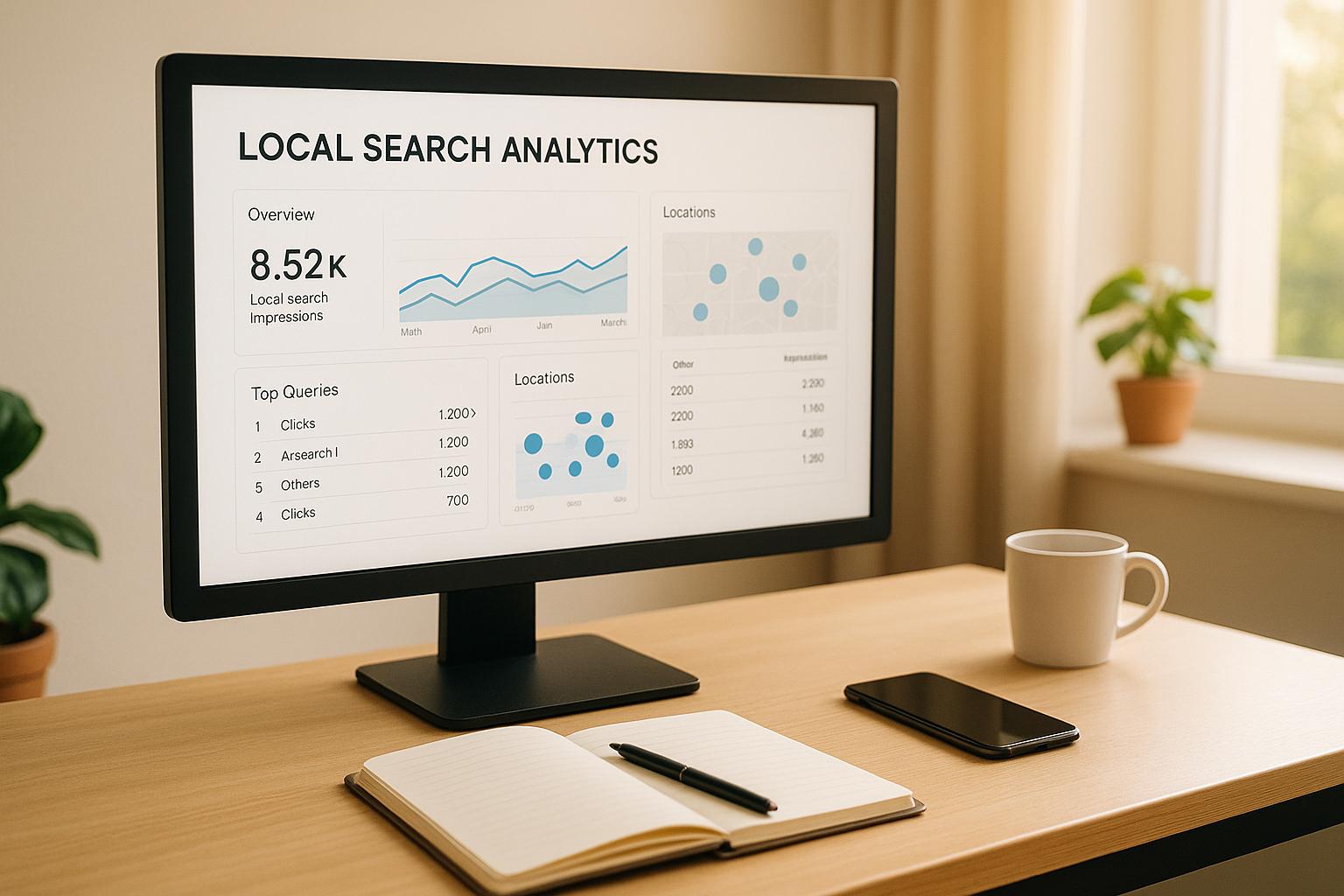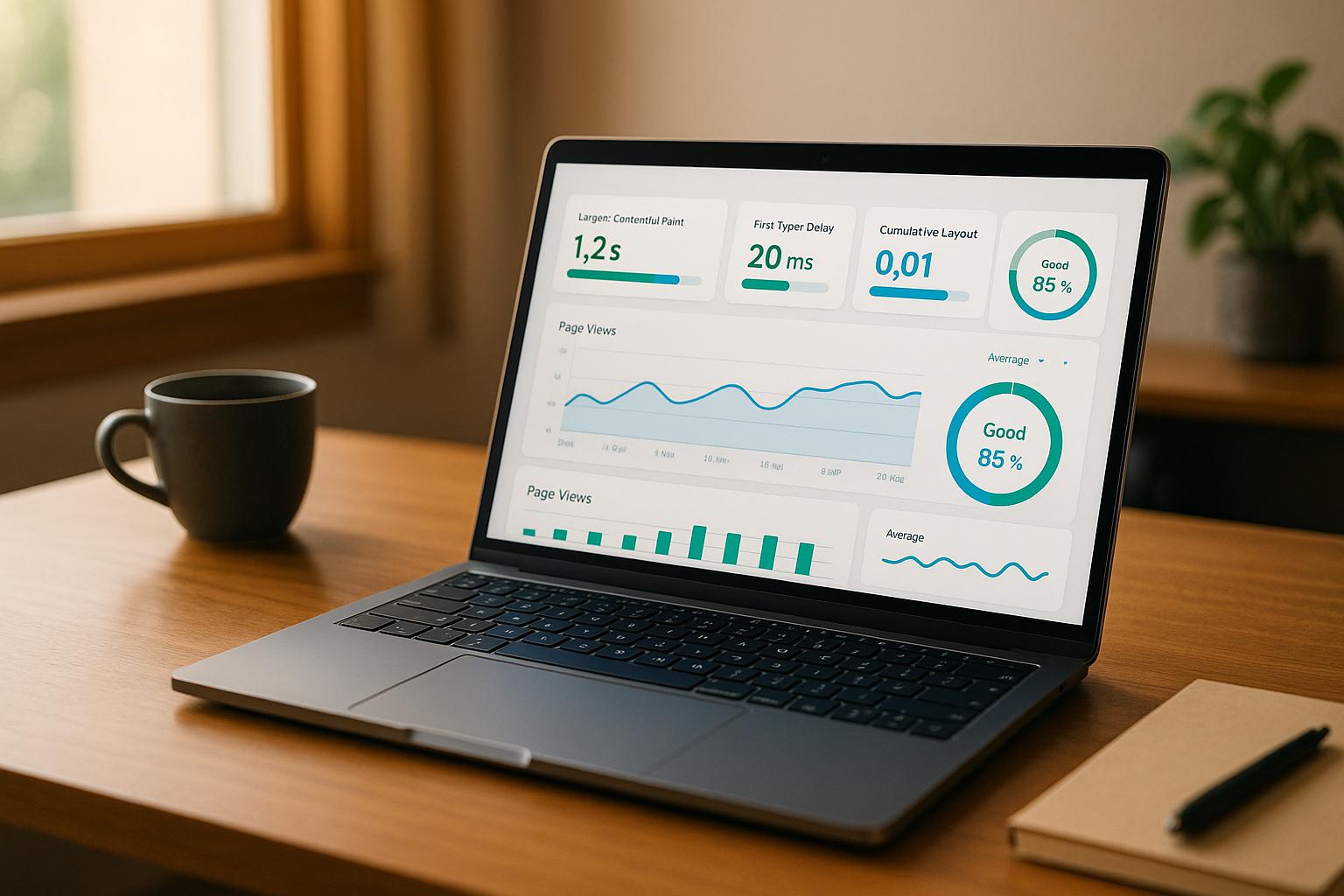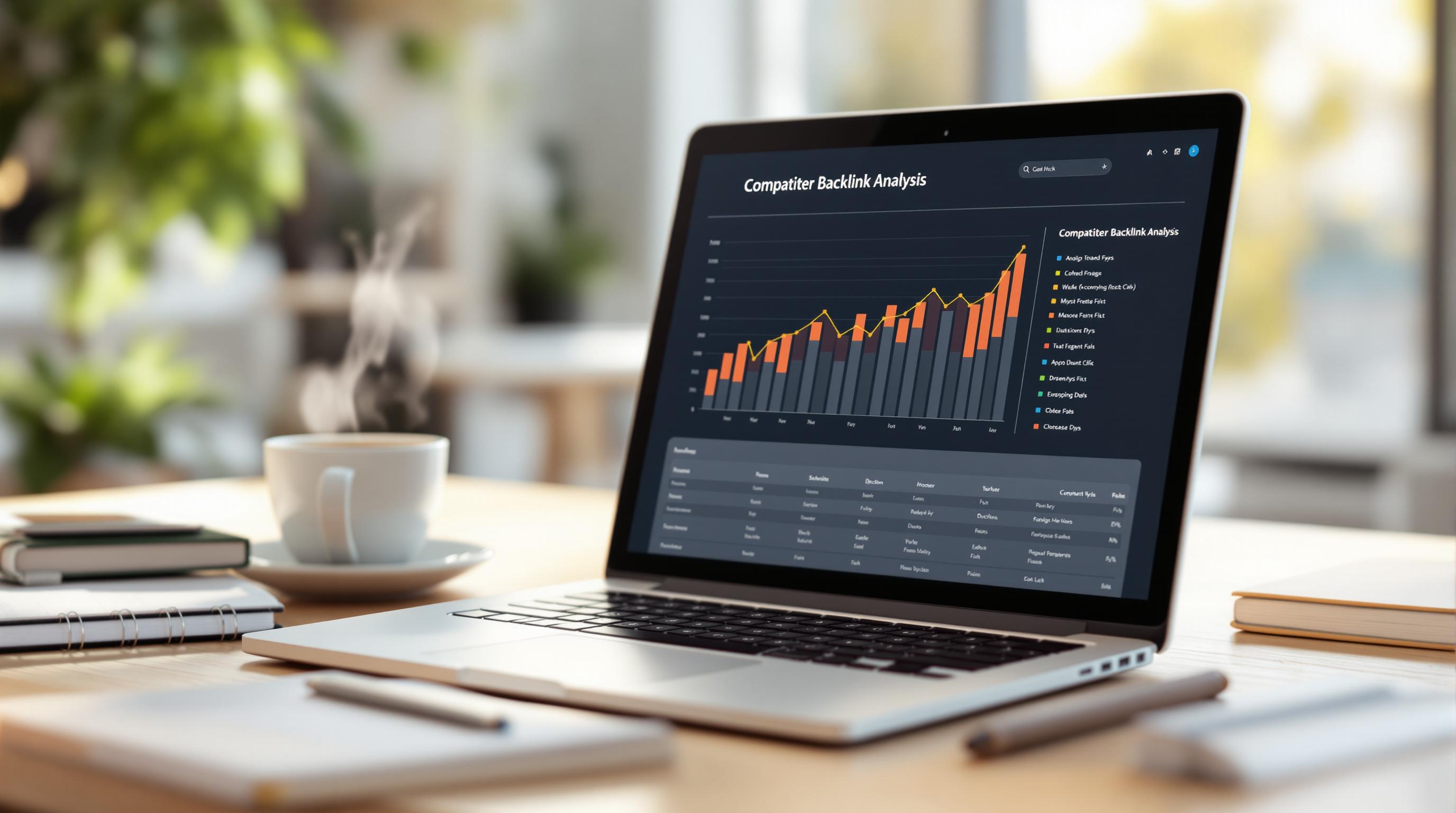Managing your site's crawl budget is critical for SEO success, especially for e-commerce stores with thousands of pages. If search engines can't efficiently crawl and index your site, your products and categories won't appear in search results, costing you potential customers. Here's what you need to know:
- What is Crawl Budget? It's the number of pages search engines crawl on your site within a specific timeframe, influenced by your site's performance and popularity.
- Why It Matters: E-commerce sites often face crawl budget issues due to duplicate pages, faceted navigation, and excessive URL parameters, leading to wasted resources and poor indexing.
- Key Fixes: Optimize
robots.txt, use canonical tags, streamline internal linking, and improve site speed to ensure high-priority pages are crawled and indexed.
Pro Tip: Tools like Google Search Console, Screaming Frog, and Ahrefs help monitor and optimize crawling activity. Regular audits and technical fixes can significantly improve your site's visibility and revenue.
Keep reading for detailed steps to audit and optimize your crawl budget effectively.
Crawl Budget and the Crawl Stats report - Google Search Console Training
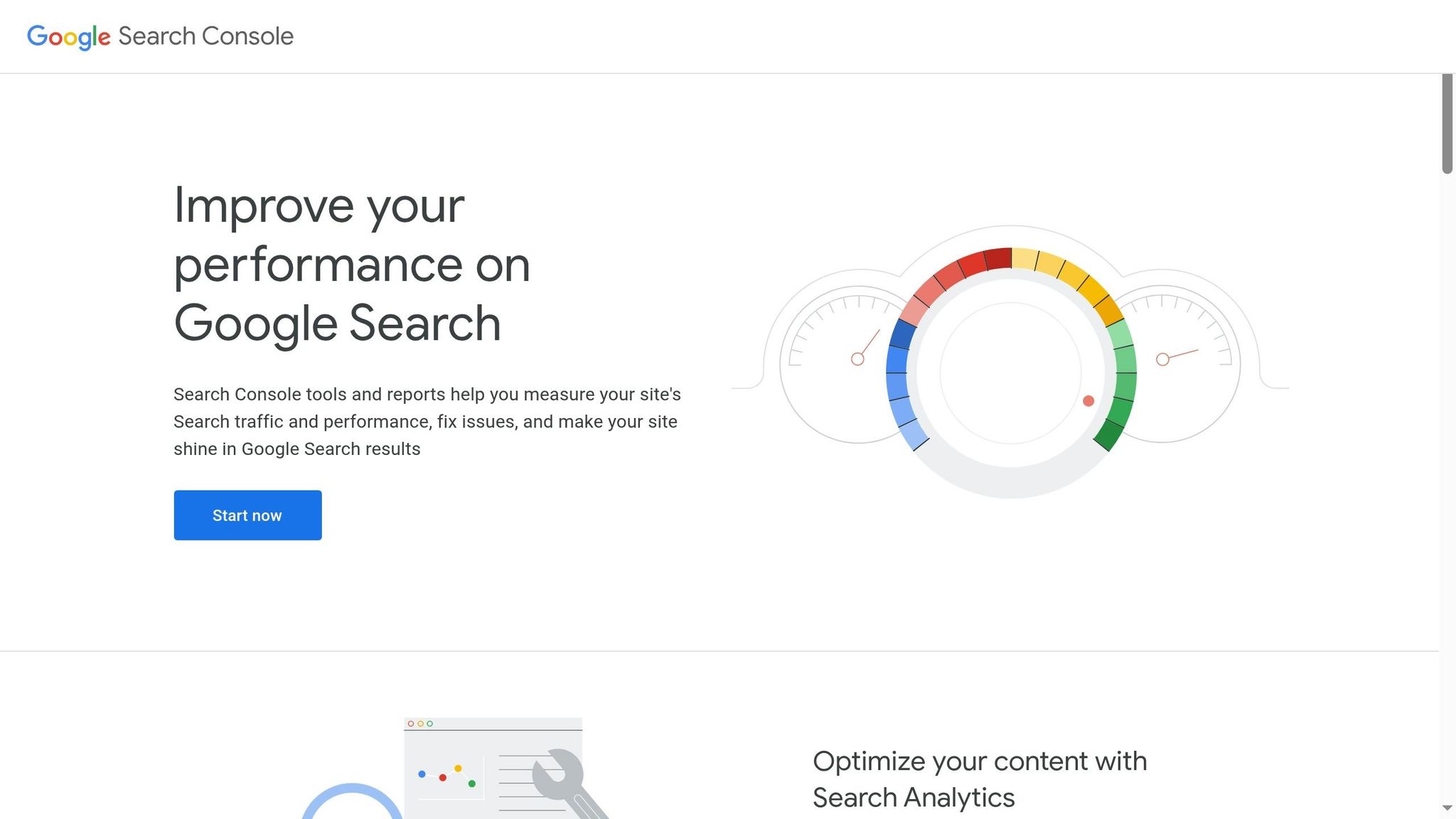
How to Audit Your Crawl Budget
Auditing your site's crawl performance is key to understanding how search engines interact with your pages. By identifying high-value and low-value pages, you can make technical adjustments to ensure your crawl budget is spent on pages that truly matter.
Tools for Monitoring Crawling Activity
Start with Google Search Console to get a clear picture of your site's crawl status. The URL Inspection Tool is particularly helpful for checking if specific pages have been crawled and pinpointing any crawl errors. You can also run a "Live Test" to see real-time status updates.
As technical SEO expert Patrick Stox puts it:
"Search engines can't rank what they can't crawl or haven't seen. That's why crawling and indexing are important topics."
For deeper analysis, several paid tools offer advanced capabilities:
- Screaming Frog SEO Spider: At $259 per year, this tool is great for evaluating website health.
- Ahrefs: Ideal for larger e-commerce sites, offering crawl analysis and backlink monitoring starting at $99 per month.
- Semrush: Its Site Audit feature provides detailed crawling insights, starting at $139.95 per month.
- Sitebulb: Known for its interactive visual reports, with cloud plans starting at $245 per month, making it easier to detect patterns across thousands of pages.
Additionally, analyzing your server logs with a log analyzer tool can uncover which pages are being crawled most frequently. A simple starting point is using Google's "site:yourdomain.com" operator to check indexed pages. However, for a more accurate view, pair this with the Index Coverage report in Search Console.
Once you’ve gathered crawl data, the next step is to identify pages that don’t contribute to your SEO goals.
Finding Low-Value Pages
Low-value pages can waste your crawl budget, so identifying and addressing them is a critical part of the audit. These pages often include:
- Login pages
- Shopping cart pages
- Privacy policies
- Internal search results
- Duplicate content from product variations or filtered categories
- Soft 404 pages that display error messages but return a 200 status code
SEO strategist AJ Kohn highlights the importance of recent crawls:
"What I've observed over the last few years is that pages that haven't been crawled recently are given less authority in the index. To be more blunt, if a page hasn't been crawled recently, it won't rank well."
Infinite crawl traps are another issue, especially for e-commerce sites. For instance, a calendar with a "next month" link can lead search engines into endless URLs. Similarly, faceted navigation or poorly managed pagination can generate countless filter combinations, creating unnecessary crawl loops.
To refine your crawl budget, review your XML sitemap and include only high-value pages. Remove pages marked as noindex, error pages, or landing pages with little ranking potential. Use Google Search Console's Crawl Errors report to identify server and "not found" issues. Also, check the Manual Actions and Security Issues reports - problems here can prevent pages from being indexed. If important pages are missing from the index, use the URL Inspection Tool to figure out why.
Technical Fixes to Optimize Crawl Budget
Once you've identified what’s draining your crawl budget, the next step is to implement technical adjustments that help search engines focus on your most important content. These changes ensure crawlers prioritize pages that matter for revenue and rankings.
Setting Up Robots.txt and URL Parameters
A well-configured robots.txt file is your first line of defense in guiding crawlers. It tells search engines which parts of your site to ignore, saving valuable crawl budget for high-priority pages. For e-commerce sites with thousands of pages, this is especially important. As noted:
"Strategically using a robots.txt file is, therefore, essential to optimizing crawl budget spending and your content's SEO results."
Instead of blanket restrictions, target low-value areas such as:
- User login portals (
/account) - Shopping cart pages (
/cart) - Checkout processes (
/checkout)
Faceted navigation is another common hurdle for online stores. Filters for attributes like color or size can generate endless URL variations with similar content. To control this, add rules like:
Disallow: *?*color=*
Disallow: *?*size=*
This prevents crawlers from wasting resources on redundant URLs.
You can also block JavaScript files that don’t impact primary page rendering. For example, if a script is only used for image popups, a rule like:
Disallow: /assets/js/popup.js
can help crawlers focus on what truly matters.
For even more control, use Google Search Console's URL parameter settings. Parameters for tracking, sorting, or session management often lead to duplicate content headaches. As Google explains:
"Overly complex URLs, especially those containing multiple parameters, can cause problems for crawlers by creating unnecessarily high numbers of URLs that point to identical or similar content on your site. As a result, Googlebot may consume much more bandwidth than necessary, or may be unable to completely index all the content on your site."
Configure these parameters - such as session IDs or referral codes - to be ignored or treated as duplicates. Also, review your robots.txt file regularly to ensure it aligns with any site updates.
Using Canonical Tags Correctly
After managing URL parameters, focus on using canonical tags to address duplicate content. Canonical tags signal to search engines which version of a page should be prioritized, consolidating crawl budget and ranking signals. This is particularly useful for e-commerce sites where product variations create numerous similar URLs.
Take, for example, a red t-shirt sold in different sizes. You might have URLs like:
- yourstore.com/red-tshirt
- yourstore.com/red-tshirt?size=small
- yourstore.com/red-tshirt?size=medium&color=red
Without canonical tags, search engines might treat each variation as a separate page. By adding a canonical tag that points all variations to the main product URL (e.g., yourstore.com/red-tshirt), you streamline crawling and strengthen the page’s authority.
Canonical tags are also crucial for paginated category pages. Each paginated page should include a self-referencing canonical tag to clarify its role in search results. For filtered category views, point these back to the main category URL to avoid duplication issues.
Consistency is key when implementing canonical tags. A clear, methodical approach ensures search engines understand your content structure and focus their efforts where it counts most.
sbb-itb-5be333f
Website Structure and Performance Improvements
Your site's structure and speed play a crucial role in how efficiently search engines use your crawl budget. A well-organized layout and fast-loading pages allow crawlers to index more of your content without exceeding their limits.
Fixing Internal Linking
Start by auditing your internal links to eliminate broken links (404 errors) and replace any redirected URLs that waste crawl resources. Focus on linking to high-priority pages, and aim for a flat site architecture, where important pages are no more than two clicks away from the homepage. This structure helps search engines quickly find and prioritize your key content without getting bogged down in unnecessary layers.
Many e-commerce sites make the mistake of linking to every category and subcategory from their main navigation, which creates an overwhelming number of redundant crawl paths. Instead, limit navigation links to your top-performing products, main categories, and high-converting landing pages.
Adding breadcrumbs across your site is another simple yet effective way to improve navigation for both users and search engines. Breadcrumbs clarify your site’s hierarchy and reinforce its logical structure, making it easier for crawlers to understand how your content is organized.
Once your internal links are cleaned up, the next step is to tackle site performance.
Improving Site Speed and Rendering
Site speed has a direct impact on how search engines crawl your pages. If crawlers encounter slow-loading pages or frequent timeouts, they may lower your crawl rate. This can snowball into reduced visibility, as fewer pages get indexed.
To improve load times and prevent crawl rate reductions, focus on these key optimizations:
- Optimize server response times by upgrading hosting or fine-tuning your server settings.
- Compress images and use modern formats like WebP to reduce file sizes.
- Minimize JavaScript and CSS to ensure faster page rendering.
Upgrading to HTTP/2 and using Server Push can also make a big difference. These technologies allow multiple resources to load simultaneously, speeding up page delivery for both users and crawlers.
If your site relies heavily on JavaScript, consider server-side rendering (SSR) or pre-rendering. These methods ensure that critical content is included in the initial HTML response, making it immediately accessible to search engine crawlers.
Here’s a quick overview of common performance issues and their fixes:
| Performance Issue | Crawl Budget Impact | Recommended Fix |
|---|---|---|
| Slow server response | Reduces crawl rate | Optimize server, upgrade hosting |
| Large image files | Increases page load time | Compress images, use WebP format |
| Excessive JavaScript | Blocks content rendering | Implement SSR or pre-rendering |
| No browser caching | Forces repeated downloads | Configure cache headers |
Use tools like Google Search Console to monitor crawl stats and identify pages with persistent slow-loading issues or timeouts. These problem areas should be your top priority for optimization, as they prevent search engines from reaching other valuable parts of your site.
Regular performance audits are essential, especially as your site grows. New bottlenecks can appear over time, impacting how efficiently search engines interact with your content. Addressing these issues promptly ensures your site remains crawl-friendly and visible.
Getting Expert Help
While simple crawl budget fixes can often be handled on your own, more complex issues require the expertise of professionals. Technical SEO audits are essential for identifying problems that impact crawl efficiency. Considering that nearly half of marketers (49%) cite organic search as their highest ROI channel, investing in expert assistance can lead to measurable returns. Beyond initial fixes, regular expert audits help maintain long-term crawl efficiency and site performance.
Using the Top SEO Marketing Directory
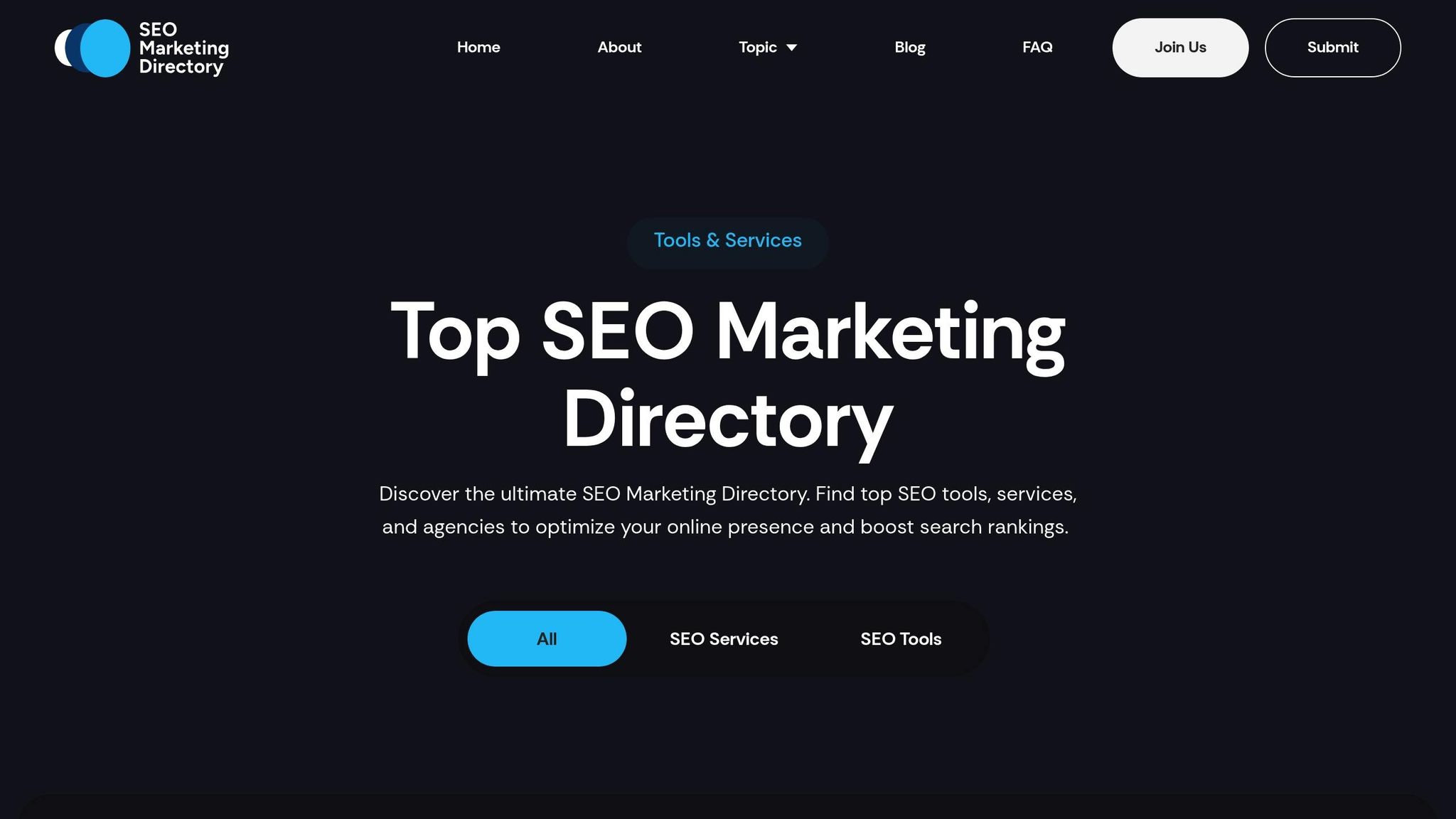
The Top SEO Marketing Directory is a valuable resource for finding trusted SEO professionals and tools to manage your crawl budget and boost e-commerce SEO. Instead of spending weeks researching agencies and software, this directory provides a one-stop solution for identifying the right fit for your needs.
Start by defining your crawl budget goals - whether it's improving indexation, minimizing crawl waste, or addressing technical issues. The directory allows you to compare SEO tools and services to find the best match for your business. Look for providers that offer tools for in-depth site audits, including crawl budget analysis, so you can ensure your site is running efficiently.
Many agencies listed in the directory specialize in optimizing e-commerce crawl budgets. For example, Webris, led by Ryan Stewart, focuses on technical SEO audits and has collaborated with brands like Shopify and Accenture. Similarly, Orainti offers technical and strategic SEO services, tackling challenges like multilingual site management and duplicate content.
"The Screaming Frog SEO Spider is my 'go-to' tool for initial SEO audits and quick validations: powerful, flexible, and low-cost. I couldn't recommend it more." - Aleyda Solis, Owner, Orainti
To make an informed choice, review case studies, testimonials, and client references. The best agencies will provide transparency in their strategies and keep you updated on your campaign's progress. Ensure the experts you choose are well-versed in the latest algorithm updates and factors affecting crawl budgets. They should use ethical, white-hat techniques and tailor their solutions to the unique challenges of your e-commerce business.
The directory also includes a variety of SEO tools with pricing options to fit different budgets. For instance, Ahrefs offers plans ranging from $99 to $449 per month, while Screaming Frog provides a comprehensive annual license for $259.
When selecting an agency, consider those that take a consultative approach. As Imran Selimkhanov, Founder of Productive Shop, explains:
"A consulting-oriented partner will obsess about understanding your business DNA, including the product, product direction, sales cycle, and go-to-market strategy. They will then ensure to build an unfair advantage for you vs. your competition so that within 24 months you simply crush the industry in narrative and helpful content."
The Top SEO Marketing Directory offers flexible access plans, from free basic listings to premium options at $49 per month, and custom enterprise solutions for businesses with complex crawl budget needs.
Conclusion
Managing your crawl budget effectively requires a thoughtful and consistent approach. By focusing on crawl audits, technical fixes, and strategic site improvements, you can set your e-commerce site up for SEO success. But the real secret lies in staying proactive - continuous monitoring and regular fine-tuning are non-negotiable.
As Kevin Indig, Growth Advisor, aptly says:
"To me, the concept of crawl budget is one of THE key points of technical SEO. When you optimize for crawl budget, everything else falls into place: internal linking, fixing errors, page speed, URL optimization, low-quality content, and more."
Here’s a compelling stat: a study of 30 large retailers found that 70% of non-branded SEO traffic lands on category pages, even though these pages make up only 5% of the total site. This highlights the importance of prioritizing high-value pages through smart crawl budget management to drive e-commerce success.
Cyrus Shepard, SEO expert, reinforces this idea:
"You are what Googlebot eats... Your rankings and search visibility are directly related to not only what Google crawls on your site, but frequently, how often they crawl it."
To keep things running smoothly, make sure to incorporate regular site audits, server log analysis, and monitoring tools into your monthly SEO routine. Focus on ensuring that your best content - the pages with unique, high-quality information - gets crawled often. At the same time, prevent server resources from being wasted on pages that offer little value.
Whether you’re tackling crawl budget optimization internally or partnering with SEO experts, maintaining a consistent and adaptable strategy is essential. By following these steps and refining your methods over time, you’ll ensure that your crawl budget works hard to boost your organic search performance.
FAQs
How do I identify the most important pages on my e-commerce site to prioritize for crawl budget optimization?
To make the most of your crawl budget, start by focusing on pages that align closely with your business objectives. These are usually product pages, category pages, and high-traffic content that contribute to conversions or audience engagement.
Search engines give priority to pages based on factors like relevance, update frequency, and how often the content changes. To keep your most important pages in the spotlight, ensure they're regularly updated, improve your site's loading speed, and eliminate low-value or duplicate content. This approach helps search engines dedicate their resources to the pages that have the greatest impact on your business.
How can I use canonical tags effectively on my e-commerce site to manage duplicate content?
To handle duplicate content on your e-commerce site, canonical tags are your go-to tool. These tags guide search engines to the primary version of a page, which is crucial when duplicate content arises from filters, sorting options, or pagination. Make sure every product and category page includes a canonical tag pointing to the main URL.
It's a good idea to regularly review your canonical tags to ensure they're set up correctly. Errors in their implementation can hurt your SEO efforts. When used properly, canonical tags help cut down on duplicate content, make crawling more efficient, and can even boost your search engine rankings.
How does improving site speed and performance help online stores optimize their crawl budget and boost SEO results?
Improving your site's speed and performance helps search engines like Google crawl your pages more efficiently. Faster-loading pages reduce server response times, allowing search engines to index the most important parts of your site more effectively.
Beyond search engine benefits, a fast website creates a better experience for users. It can lower bounce rates and encourage visitors to stay longer, which can boost your search rankings and attract more traffic. For e-commerce sites, optimizing speed does even more - it not only helps with crawl efficiency but also improves visibility and conversions by providing a seamless shopping experience.
